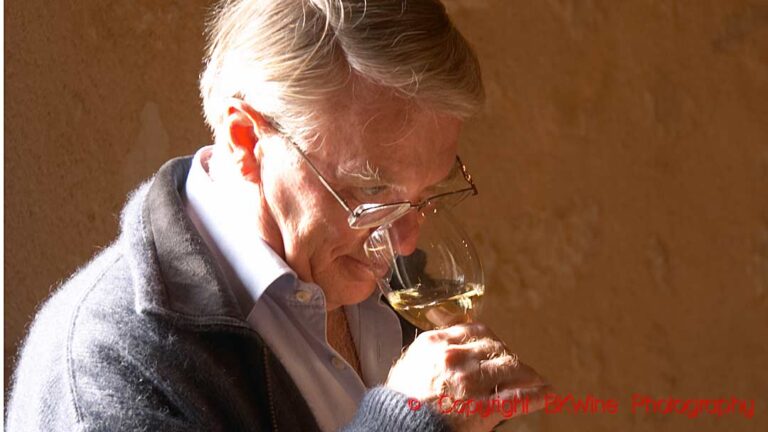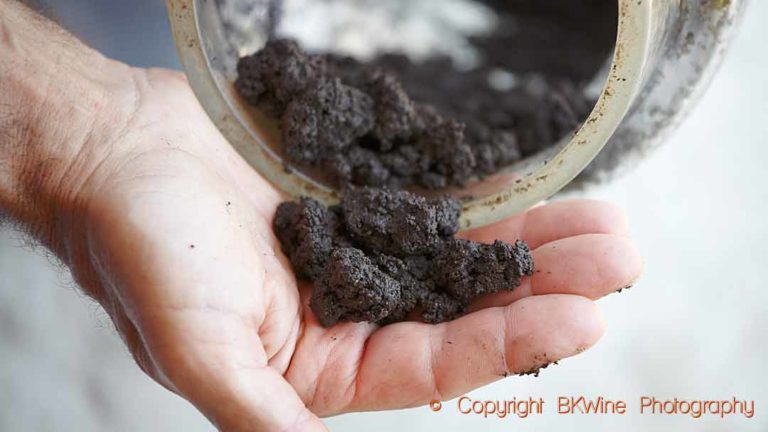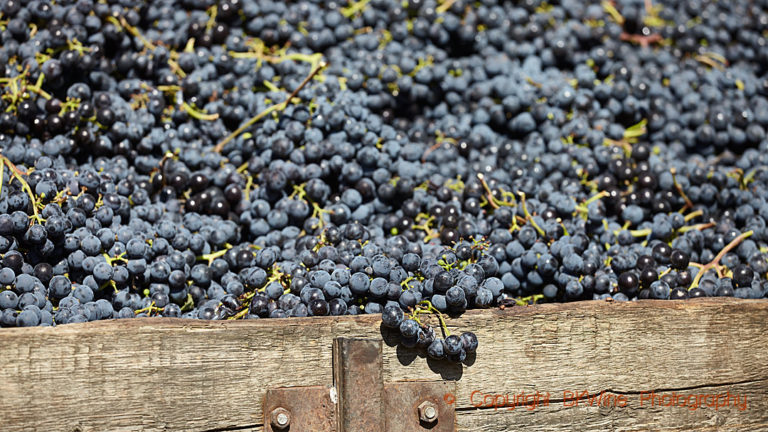Noble rot is what makes some sweet wines what they are. Noble rot, or botrytis cinerea (or pourriture noble in French), is a kind of fungus, a mushroom, which can develop on the grapes in the vineyard under certain conditions, when the weather is humid.

In the right conditions it becomes noble rot. The winemaker lets the grapes hang on the vines in the vineyard for a little bit longer so that the rot has time to develop. It starts with the grape looking a little bit darker, brownish yellow. Then it changes colour completely to brown, reddish or even purple, and something that looks like mould develops on the grape skin. The grape then starts shrivelling and may end up looking like a mouldy raisin. During that process several things happen, the two most important being that water evaporates from the grape (the mould is said to make tiny perforations in the grape skin that quickens evaporation) and the rot also affects the taste of the grape juice, giving a much more concentrated, sweet and flavoured grape juice.
The rotten grapes must be harvested by hand. The harvesters, the pickers, may go over the same vines in the vineyard several times, only picking parts of the bunches or even individual grapes, that have developed sufficient noble rot.
The noble rot attacks different grape varieties to different extent. The semillion grape, the dominant grape in Sauternes, is prone to this rot. Noble rot appears in various districts: Sauternes, Barsac, Loupiac & Cadillac in Bordeaux, Tokay in Hungary, Anjou and Vouvray in the Loire Valley, and many more.
If the fungus is unwanted it is called grey rot. This is a common and dangerous vineyard disease but technically the same thing.
This is just a short introduction to a subject that is treated in depth in our book The Creation of a Wine (“Ett vin blir till”).
Chateau d’Yquem
The most famous producer of wines affected by noble rot is Chateau d’Yquem in the Sauternes in Bordeaux. Here is an interview with Sandrine Garbay, the chief winemaker at the winery:
Part 1:
Part 2:











One Response